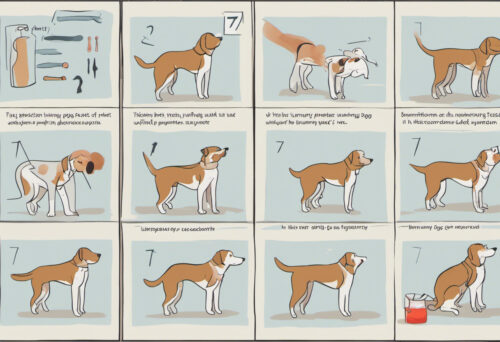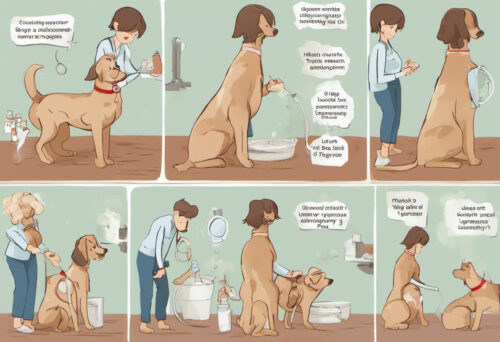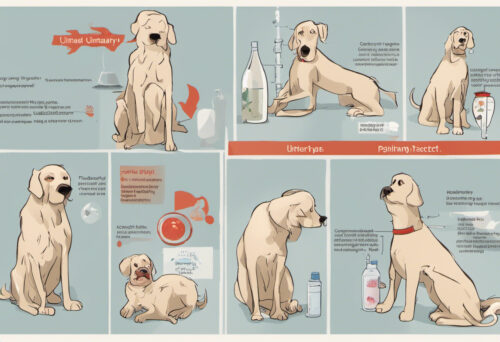As a caring and responsible pet parent, you always want to give the best health care to your furry friend. The happiness of your dog is contingent on their health. Unseen ailments among pets can cause distress to the pet parent, with urinary tract infection (UTI) being quite a common but often overlooked problem. UTIs in dogs can lead to immense suffering if left untreated. Understanding the symptoms, signs, and subsequent treatments can make a world of difference in your dog’s life. So, let’s dive into the specifics and prevent any unwarranted discomfort to your beloved pooch.

Understanding Canine UTIs
Did you know that the anatomy of your dog’s urinary tract can play a big role in their susceptibility to UTIs? Urinary tract infections in canines are a type of infection caused by microorganisms, with bacterial infection being the most common. The organisms are most often introduced through the external urethral orifice and move up into the bladder, causing an infection. Females are more prone to UTIs due to their shorter and wider urethra.

Symptoms of Urinary Tract Infection in Dogs
If only our dogs could talk and tell us when they’re feeling unwell! However, there are a few clear signs to look out for, which can be an indication of a urinary infection.
- Frequent urination but passing minimal urine.
- Inability to urinate or complete urination.
- Bloody or cloudy urine.
- Excessive licking of the urinary opening.
- Foul-smelling urine.
- Fever, lethargy, or loss of appetite.
Detection and Diagnosis
If you notice any of these signs, it’s time to make a trip to the vet for a diagnosis. Further characterization of the infection is usually done by examining the urine under a microscope and carrying out bacterial culture and sensitivity tests. Urine can be collected through free catch, bladder expression, catheterization, or cystocentesis, each with their unique pros and cons.

Treatment Options for Canine UTIs
If indeed, your furry friend has a UTI, your vet will likely prescribe antibiotics to treat the infection. Duration of the treatment varies depending on the severity of the infection, with medications typically administered for a period of 10-14 days. Make sure to follow through with the entire course of treatment recommended by your vet, even if the symptoms seem to diminish before completion.
Prevention of Canine UTIs
While we can’t completely rule out the possibilities of UTIs in dogs, we can take steps to reduce their likelihood. Providing your dog with constant access to fresh water can reduce the chance of an infection. Regular bathroom breaks can also help flush out the bacteria from your dog’s urinary tract thereby warding off infections. Nutrition plays a vital role too! Give your dog a well-balanced diet and avoid overfeeding. Overweight dogs are at a higher risk for urinary tract infections.
Often, the best method to understand a medical concern is to watch a video that effectively visualizes it. This video takes you through the steps of detecting, diagnosing, and treating canine UTIs.
In conclusion, being a pet owner is a delightful and rewarding experience. It is essential to keep an eye on any changes in your dog’s urinating pattern, and consult with your vet immediately if anything seems out of the ordinary. Remember, prevention is always better than cure!
